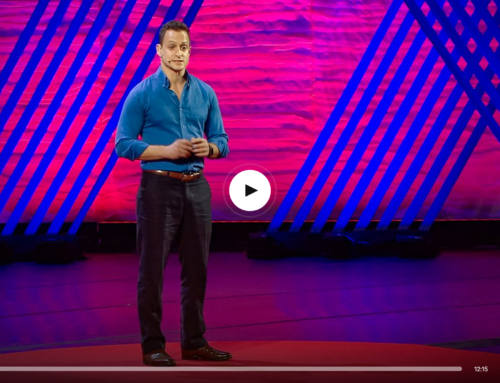Notice I didn’t mention “Planned Giving”. Ho hum. When donors invest in your cause well into the future, let’s call it what it is – legacy giving. Or legacy investing. How compelling and exciting!!
Yet, it’s usually one of the last strategies employed by nonprofits to raise money, even for established organizations. When in fact, it’s one of the easiest ways to raise money. What are we so afraid of? I understand there are immediate needs but step back and take a look at the big picture. Raising money for today matters, but not if you don’t have a tomorrow.
In 2000 when I was a YMCA ED, and we had a new building under construction, we got a couple photos in the local paper as part of our public relations strategy. As a result, a financial advisor showed it to a gal whose family had been instrumental in founding a Y years ago in another town. She asked to come take a hard hat tour and we showed her our plans and learned her story. As time went on and she got to know us and we got to know her, my board chair and I became friends with her. She started making annual donations to our organization and when the time came that she passed, she left us approximately $3 million. She wanted to leave a legacy. Unrestricted.
That kind of windfall can literally change the future. Seems worth figuring out how to position your organization to be worthy of such generosity, doesn’t it?
This is just one example of why I say it doesn’t have to be complicated. In addition, you aren’t asking anyone to part with their money now. You’re inviting them to invest in the future so you can continue to have impact into perpetuity. Sustainability sounds good, doesn’t it? All this while your donor gets to feel wonderful about leaving the world a better place.
If you haven’t started a legacy giving program yet, here are 3 simple steps to get started:
1. Educate yourself about who is most likely to leave a legacy gift. In many cases, these gifts come from donors who have invested frequently and/or over a period of time; and not necessarily at a high level. These people believe strongly in your mission and they may even be volunteers. Consider older donors who tend to be more established, with assets, and if you want to narrow the list even further, segment them by those who don’t have children. Our benefactor was widowed without children. You can do more to identify prospects but this will at least get you started.
2. Partner with experts who work in the field. They could be estate attorneys or financial advisors who understand the vehicles donors can use to leave a bequest, or real estate, or stock and securities, etc. They can explain tax benefits and navigate all the technical details for any interested donors who might not already be working with these professionals. It also helps for you to learn the basics so you can have an initial conversation with prospects. Remember, it was a financial advisor that introduced our benefactor to us. Those referrals could be priceless.
3. Promote the opportunity and be proactive. Again, start simple. Leverage the communication channels you already have – website, newsletter, emails, etc. When budget allows, consider creating collateral that’s focused on legacy giving and send mailings to your target market. You can also consider hosting an estate planning workshop and be sure to mention your organization as an example of legacy giving. And always do at least some standard public relations. Remember – our benefactor was alerted to our project because of a picture in the paper which cost us nothing.
There are other things you will need to do too but these 3 steps are a great start! Be sure to educate your board, decide how you will use the money, outline a recognition strategy for your legacy members, etc. The Y has a Heritage Club and we would host an annual event to show our appreciation for their intentions, share our future plans and give them a chance to socialize with other like-minded people.
Just like all philanthropy, focus on the donor relationship and what matters most to them. This isn’t about you, so don’t get all weird about talking to someone about what’s possible after they die. It’s actually your obligation to present this opportunity to them. You may just be amazed at what you can accomplish!












Leave A Comment